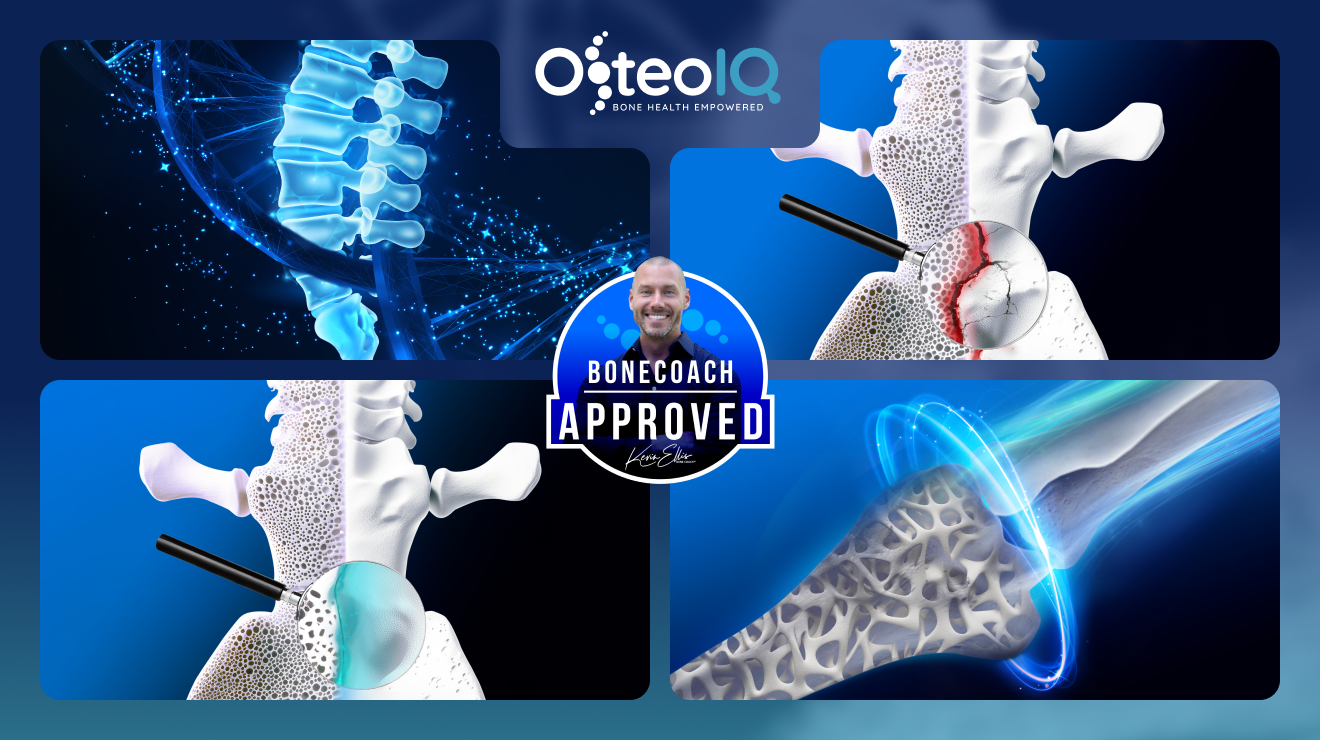Child’s pose is a gentle yoga pose celebrated for its ability to stretch and lengthen the spine while also opening up the hips, knees, and ankles. For individuals with osteoporosis or osteopenia, it’s crucial to approach this pose with modifications to ensure safety and effectiveness.
Here’s how you can perform child’s pose while keeping your spine neutral and minimizing strain:
Step-by-Step Instructions:
- Start on All Fours: Begin in a tabletop position with your wrists directly under your shoulders and your knees under your hips. This alignment provides a stable base for the pose.
- Lengthen Your Spine: Gently start sending your hips back towards your feet. Focus on keeping your spine long and neutral throughout the movement. Avoid rounding your back by keeping your tailbone extended towards the ceiling.
- Support Your Head: To prevent neck flexion and upper back rounding, place your forehead on a yoga block, cushion, or a folded blanket. This support helps maintain proper alignment and reduces tension in your neck and shoulders.
- Modify Arm Position: If your shoulders feel tight and you can’t fully extend your arms, bend your elbows and rest your forearms on the mat or on a prop. This modification reduces shoulder strain while still allowing you to benefit from the stretch.
- Adjust Knee Position: If bending your knees causes discomfort, try opening them wider apart. This adjustment creates more space and can relieve pressure on your knees. If your knees do not comfortably reach the floor, place a rolled-up blanket or towel underneath your knees for added cushioning and support.
- Comfort for Your Feet: If flipping your feet back is uncomfortable, place a rolled-up blanket or towel under the tops of your feet. This helps reduce pressure and provides additional comfort.
- Alternative Pose: If none of these modifications work for you, consider an alternative stretch. Stand facing a kitchen counter or sink, hold onto it for support, and send your hips back while keeping your spine long and tailbone extended. Allow your chest to drop towards the counter, mimicking the stretch of child’s pose without requiring knee flexion.
Additional Tips:
- Listen to Your Body: Pay close attention to how your body responds to the pose and make adjustments as needed. Avoid pushing into discomfort or pain.
- Use Props: Props such as yoga blocks, blankets, and cushions can be invaluable for modifying the pose to suit your needs and provide extra support.
- Breathing: Breathe deeply and steadily throughout the pose. This will help you relax into the stretch and maintain focus on your alignment.
Benefits of Child’s Pose:
- Spinal Stretch: Lengthens and stretches the spine, relieving tension and promoting flexibility.
- Hip Opener: Gently opens the hips, which can help alleviate tightness and improve mobility.
- Knee and Ankle Relief: Provides a soothing stretch to the knees and ankles, promoting overall lower body flexibility.
- By incorporating these modifications, you can safely practice child’s pose and enjoy its benefits without compromising your comfort or bone health. Experiment with different variations to find what works best for you and integrate this pose into your routine to support your overall well-being.







